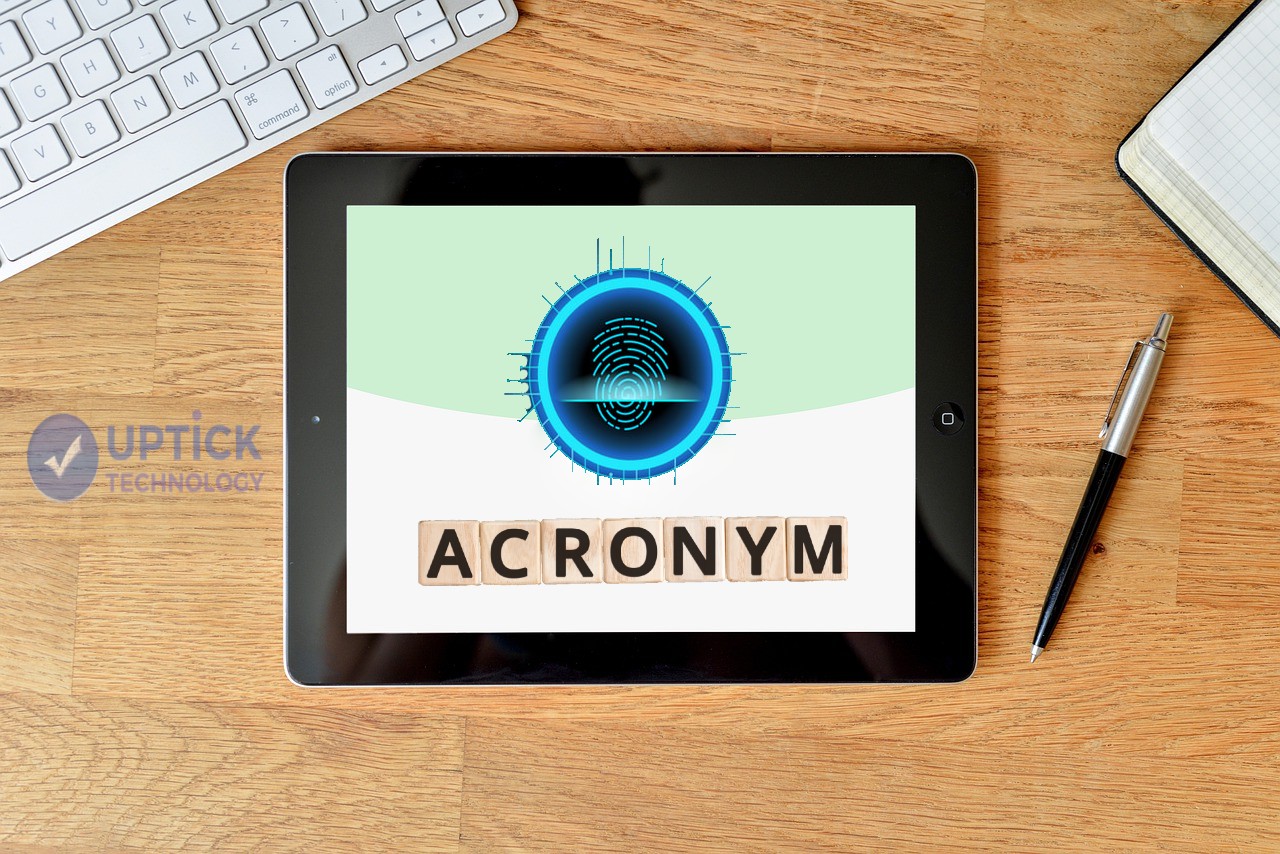Rapid Application Development: How And When You Should Use It
Software development is famous in the department of Information Technology. Software development includes the creation, designing, deploying, and supporting of the software.
So, there are numerous methods of software development that are Waterfall Method, Agile Method, and Rapid Application Development Method (RAD).
Here we are discussing the advanced method having a short form is RAD. Basically, rapid application development is the iterative processing of some features and requirements that makes the software accurate.
Table of Contents
Rapid Application Development
It is the basic requirement of the companies and industries. That needs a new application, so software companies and developers use this model to give the fastest, flexible software application to the users.
Rapid Application Development is a new advanced technology that changes the mind of software developers and makes it easier to develop the best software with lower risk.
Before this developer used the Waterfall Model that is also the best one. Having step-by-step development procedures that make accurate software. But now RAD is the best form of this model, due to its features that make it differ from the waterfall model.
In the RAD model, users can give feedback and want to check their software processing to get better results. In the Waterfall model, only access is given to the end-user while in RAD users can check their requirements at any level of processing.
Also, in RAD, developers design the prototype of the project requirements that help the users to understand their software processing and clear approach to their end result of software.
In RAD, the process of testing will give the good products at the end with a low ratio of risk.
There are four basic fundamentals of Rapid Application Development
- Outline Requirements
- User Design & Inputs (Prototype, test and refine)
- Construction (Monday.com for construction management)
- Finalization
RAD Advantages
- Flexible and Adaptable
- Allow user to give feedback during the software development process
- Easy to implement
- The risk of any huge failures is normally lower
Rapid Application Development Lifecycle
Following are the steps that include in RAD Lifecycle
Planning
In this phase, the team gets the requirements from the users about the project and makes a plan for it.
Analysis
All team members analyze all the requirements and go for the next step of the project.
Design
On the basis of all requirements, staff design a prototype for the project that will give a clear image of the project
Implementation/Environments
In this phase, the staff implements all the requirements to develop the project and move to finalize the project by testing.
Testing
After project completion, testing is the process by which failure comes out. But RAD will give you a lower risk of failure.
Evaluation/Maintenance
The staff gives the maintenance policy to the users that will help the users to use it without any damages.
How And When You Use The RAD
If users want to develop and highly accurate, flexible, adaptable, user-friendly, and free with any failure software for your company and industries. Users must need the RAD Model that fulfills all requirements and gives you the best result.
Before using the RAD Model you must hire talented staff to do their work well. While processing, developers must listen to the user’s feedback on the requirements and be able to re-edit the work and give the best result with the help of prototypes and designs. And finalize the software development processing of the project.
Rapid application development gives the users a fast and accurate result with a low-risk rate and flexibility.









